Climate Change Initiatives

Message from the President

Even before we joined the list of Global Niche Top Companies, selected by the Japanese Ministry of Economy, Trade and Industry (METI), we have long been committed to operating our business in an environmentally responsible manner. However, climate change remains one of our top concerns even today. Some people in our position might think, “A company like ours has low environmental impact. What difference would our actions make?” But not Optex. We are not posturing—we are serious about reducing CO2 emissions. We disclose everything. We keep working on new initiatives.
30 million of our sensors are in operation around the world. Every little niche solution counts. We will make tangible contributions to solve global climate change issues through our daily activities, through raising employee awareness, and through developing environmentally-friendly products and solutions.

Every Little Niche Solution Counts!
Increasing CO2 Reduction through the Power of Sensors
Much of Optex’s own CO2 emissions are generated through the use of electricity. But emissions due to our business activities are not the main issue—the electricity required to use our products after they are sold account for a large proportion of our total emissions. Therefore, while we aim to reduce emissions in our own activities, we also aim to further reduce CO2 emissions in our products and solutions by reducing their electricity consumption, extending their life cycles, and adding special functions.
There are specific products and solutions that help reduce CO2 emissions. We plan to increase the sales of those products and solutions from 17.5% in 2018 to 25% by 2025.
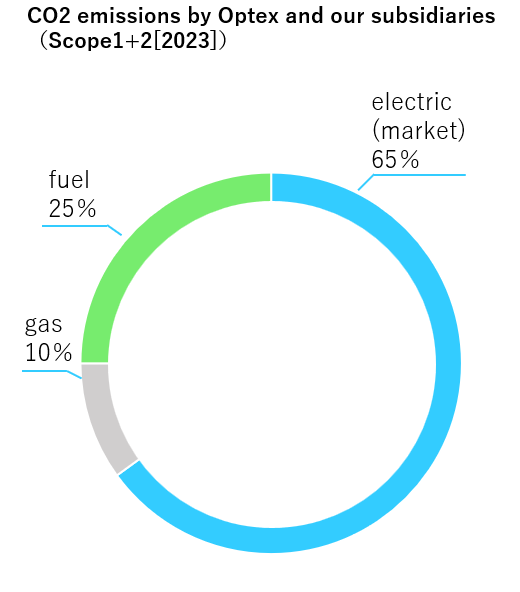
Direct greenhouse gas emissions from our own fuel use and industrial processes
Scope2
Indirect greenhouse gas emissions from the use of electricity, heat, and steam supplied by other companies
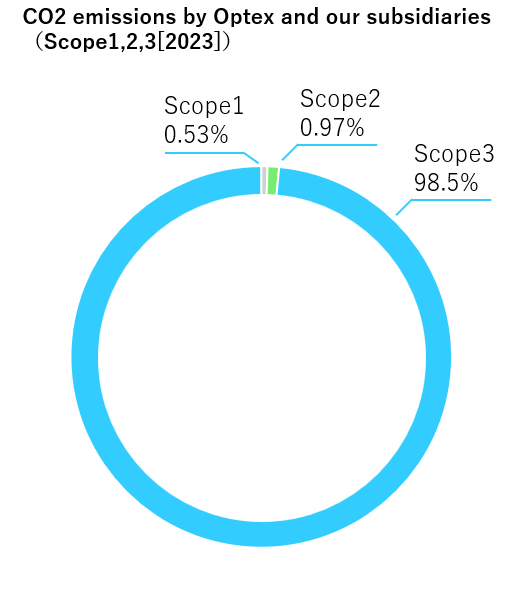
Emissions generated by others when using Optex products
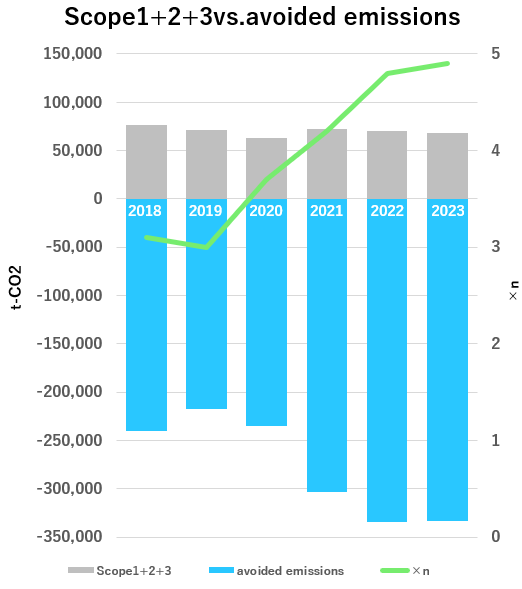
Estimated reduction in emissions due to the use of our technology and products
Niche Solution 1
Reducing CO2 emissions by avoiding opening doors unnecessarily and using sensors effectively
OPEN only to people coming toward the door!
Contribution to the environment by improving air conditioning efficiency
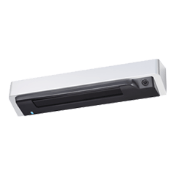
Infrared Automatic Door Sensor
「e-Smooth Sensor」
Reduction of unnecessary opening of shutters too!
CO2 reduction measures recommended for factories and warehouses.
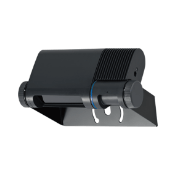
Shutter sensors
「OAM-EXPLORER」
Millions of sensors in operation, in fact!
Power-saving battery-operated outdoor security sensor
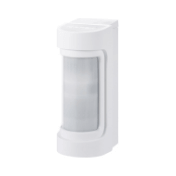
Battery-operated intrusion detection sensor
「VXS-RAM」
Solar-powered sensor light with reliability
High light output and battery efficiency!
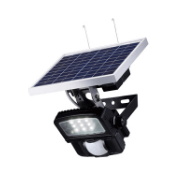
Solar-powered sensor light
「LC-2000」
■Try simulation of CO2 reduction contributions
simulator
-
 Every year,
Every year,
units
Automatic door sensors to
e-smooth sensors -
 Every year,
Every year,
units
Shutter sensors to
OAM-EXPLORER -
 Every year,
Every year,
00units
Power-supplied intrusion detection sensors to
VXS-RAM -
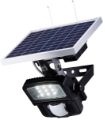 Every year,
Every year,
0units
Power-supplied outdoor lighting to
LC-2000
Simulation Results
Reduces CO2emissions0tonsover 10 years compared to current equipment
-
e-smooth sensors
-
OAM-EXPLORER
-
VXS-RAM
-
LC-2000
The CO2 conversion coefficients in the simulator are approximate values calculated based on the assumption that the product is sold in the Japan region. It does not promise any reduction effect.
How much impact does 1 ton of CO2have?

3,600km
A typical gasoline-powered car
Equivalent to run 3,600 km

20,000hours
Equivalent to use 20,000 hours of television

4,000hours
Residential air conditioner
Equivalent to 4,000 hours of use

132,000sheets
New paper (A4 size)
Equivalent to approx. 132,000 sheets
Kamimura’s observations
The problem is that our ambitious products and solutions are highly effective in reducing CO2 emissions, but their adoption rate is low. For example, in the case of the e-Smooth Sensor, many clients do not know that automatic doors can contribute to the environment, and I understand that our clients want to keep costs low.
We will continue our efforts to communicate the value of our contribution to the environment.
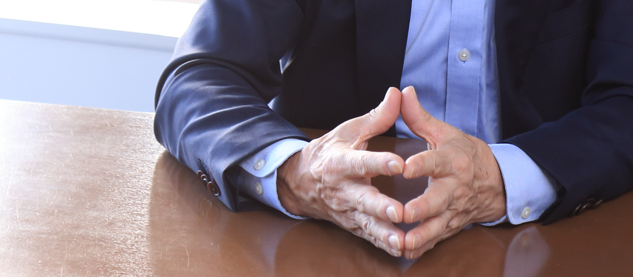
Niche Solution 2
Developing products that protect safety and security—because reducing CO2 emissions does not reduce disasters
Equipment & Services to remotely manage
equipment malfunctions and disasters
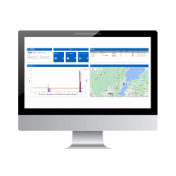
Quick Monitoring Service
Solar lighting is widely used
in evacuation routes and sites

Solar-powered sensor light
「LC-2000」
Kamimura’s observations
Unfortunately, even if we achieve our CO2 reduction targets, the global climate will not improve immediately. This is why I believe it is important to also work on disaster prevention at the same time.
Optex has developed services and devices such as remote monitoring and evacuation guiding lights based on our strengths in sensing and IoT technology.
We will continue to contribute to the safety and security of many, and provide solutions that can dispel anxiety and make people relieved and pleasantly surprised during emergencies. We will continue developing and expanding these solutions.
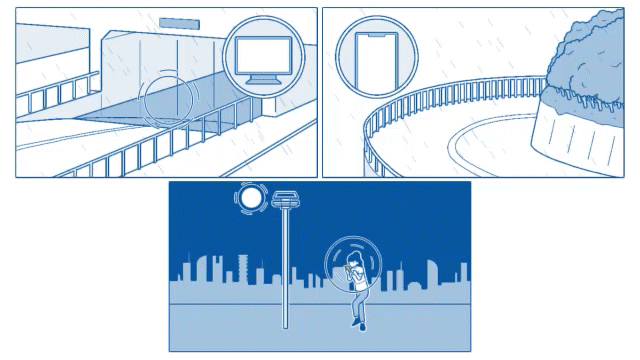
Niche Solution 3
10% increase in renewable energy
Solar power expansion at record speed

Kamimura’s observations
It is essential that we contribute to the environment! I believe that the reason we were able to proceed with these projects as a team is because we conveyed this message correctly throughout the company. One of the characteristics of Optex is that when we decide to give something a try, we act fast. In the face of this challenge, our employees demonstrated excellent teamwork once again.
We will continue to look at the Optex group as a whole to implement our CO2 reduction ideas.

CDP’s Climate Change Questionnaire
CDP is an international non-governmental organization headquartered in London that collects and analyzes information on the environmental activities of the world’s leading companies and scores their efforts on an eight-point scale: A, A-, B, B-, C, C-, D, D-. (F score: Did not submit response)
Optex also responded to the CDP climate change questionnaire and received a "B" rating in 2022 and a leadership level "A-" rating in 2023.

Calculation of contributed reduction
• For energy losses due to opening doors unnecessarily, we calculated them based on the basic model from “CEN/TR 16676:2014 - Energy losses by industrial door.” Only the following items are calculated based on our in-house standards.
Duration of air-conditioner use: Half that of the model (243 days) = 121.5 days
Door dimensions: We selected “Pedestrian S2” for the size classification—this is equivalent to the size of double sliding doors in Japan.
Building size: We set the building size at 300 m3, based on a typical convenience store with an average area of 110 m2 and a ceiling height of 2.7 m.
Open cycle: The safety guidebook for automatic doors states that the opening speed should be 500 mm/s or more, the closing speed should be 350 mm/s or more, and the hold-open time should be 1 to 5 seconds. Assuming a double sliding door with an opening of 2 meters, we set the opening time at 2 seconds, the closing time at 3 seconds, and the hold-open time at 8 seconds with a median of 3 seconds.
• For sensor lights, we calculated the CO2 emissions from the product of a conventional light source equivalent to the brightness of our LED lighting products (e.g., 80 W mercury lamp), the power consumption, the operating hours per day (12 hours, used only at night), and the CO2 conversion factor per kWh.
• For security sensors, we compared the power consumption with that of the same model’s power-driven type. We calculated the baseline CO2 amount by adding the product of the CO2 conversion factor per kWh to the product of general wiring (50 g/m), the wiring distance (10 m) and the CO2 conversion factor per kilogram of wiring.
